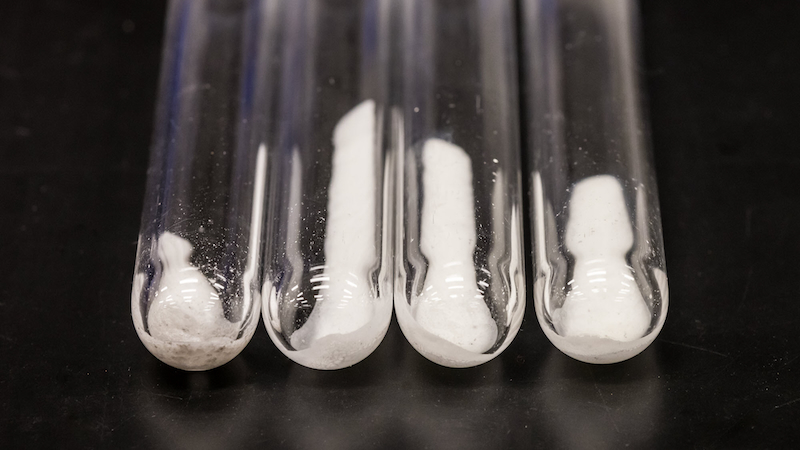Microsoft has apparently made a spectacular discovery. The company has found a new battery material with the help of AI in cooperation with the Pacific Northwest National Laboratory (PNNL) – and in record time.
Since the development of ever more powerful computing systems, research has progressed in many areas. This is because algorithms can perform even complex calculations. At the same time, more and more AI systems are being used.
Microsoft recently demonstrated what this can mean for materials research. The background: the Windows company teamed up with the Pacific Northwest National Laboratory (PNNL) not so long ago. The cooperation has now borne its first fruits.
The two partners demonstrated the extent to which advanced AI technologies combined with high-performance computing (HPC) can accelerate scientific discoveries. A team of researchers discovered a new battery material within a few weeks by using AI and HPC.
Microsoft discovers battery material with AI
Microsoft’s Azure Quantum Elements, a cloud computing platform specifically for chemical and material science research, was used. This made it possible to identify 18 promising candidates for battery development from 32 million potential inorganic materials in just 80 hours.
This speed clearly eclipses traditional methods and opens up new ways to quickly solve urgent problems in the sustainability and pharmaceutical sectors. Microsoft trained various AI systems to evaluate all workable elements and suggest combinations.
The algorithm eventually spit out 32 million candidates, which the AI then reduced to around 500,000 stable materials. Further AI-based filtering resulted in a list of over 800 potential combinations. By using various methods for verification, first 150 and then only 23 substances emerged, five of which were already known.
New approach requires a lot of computing power
One of the most promising candidates: a new type of solid-state electrolyte that could lead to a battery that is less flammable than current lithium-ion batteries. The new material could also ensure that less lithium is required.
This seems advantageous in that lithium is becoming increasingly difficult to obtain due to the growing demand for rechargeable batteries. However, there still seems to be a long way to go to find out to what extent the new solid-state electrolyte can be an alternative to conventional lithium-ion batteries.
Meanwhile, what excites the scientists most is that AI can still significantly speed up their work. The newly discovered material is just one of many materials they want to test.










